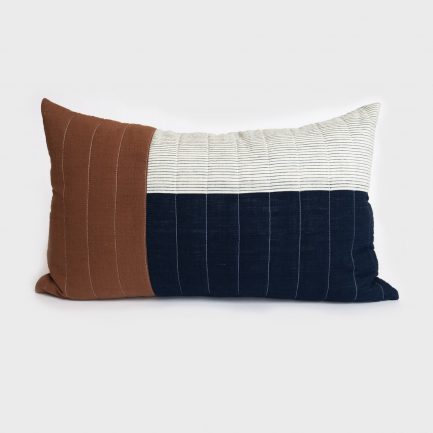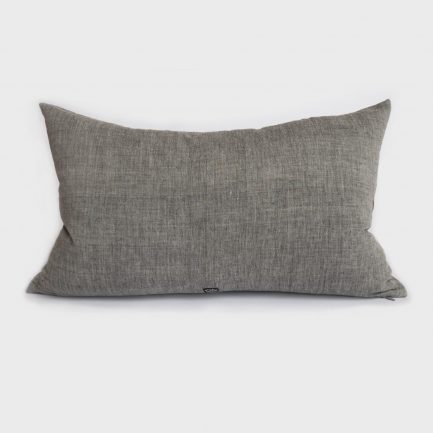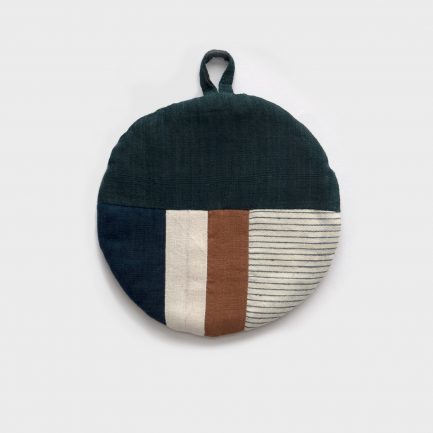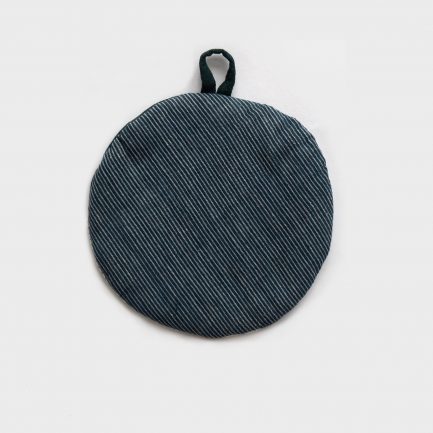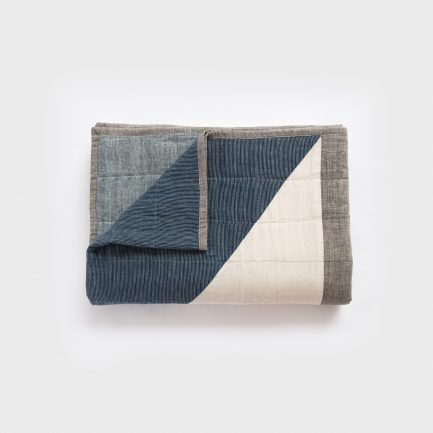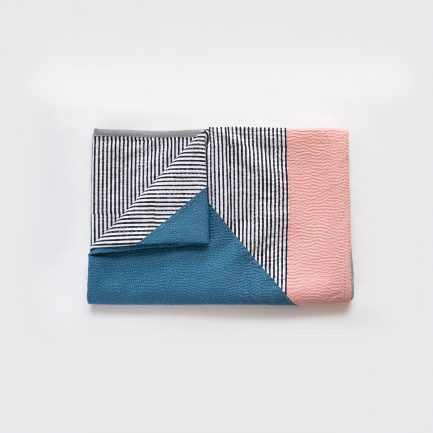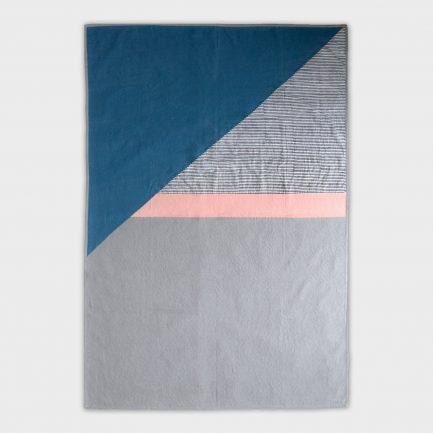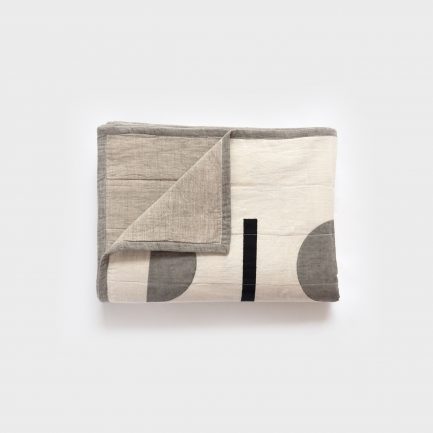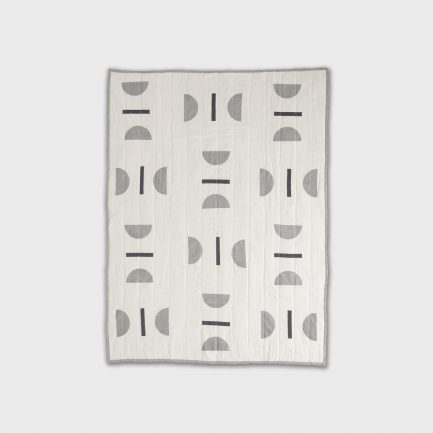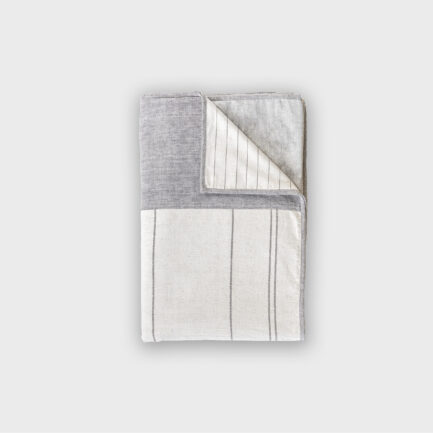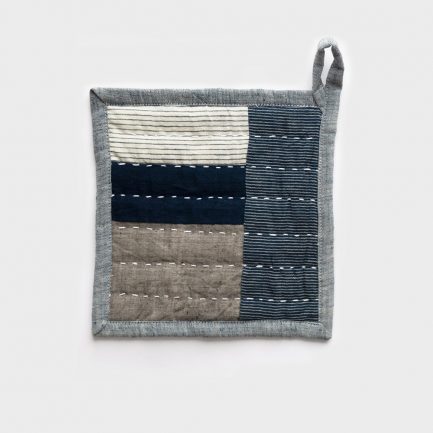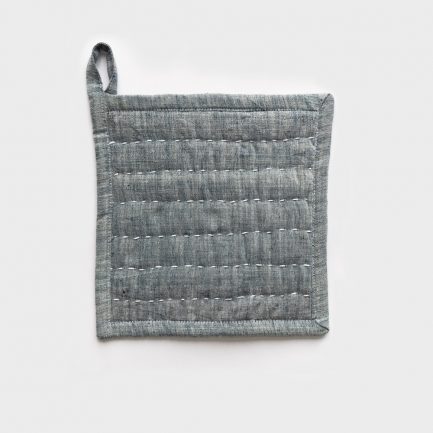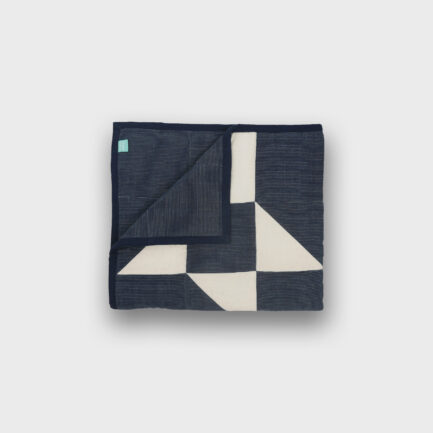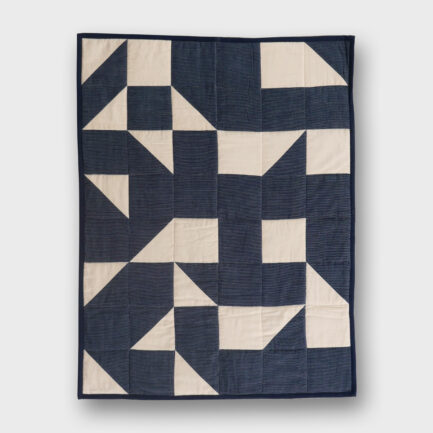Natural dyeing is an ancient technique that involves obtaining pigment or dye from plants, insects, or minerals. Until the nineteenth century all dyes were derived this way. The majority of natural dyes come from plant sources such as roots, berries, bark, leaves, and wood. In addition to their dye-yielding characteristics, many of these natural dyes have been shown to possess strong anti-fungal, anti-bacterial, anti-viral activity and are also moth proof and anti-allergy. Many of the plants that can be used for dye extraction are classified as medicinal and have been used as medicines in traditional healing systems, such as Ayurveda.
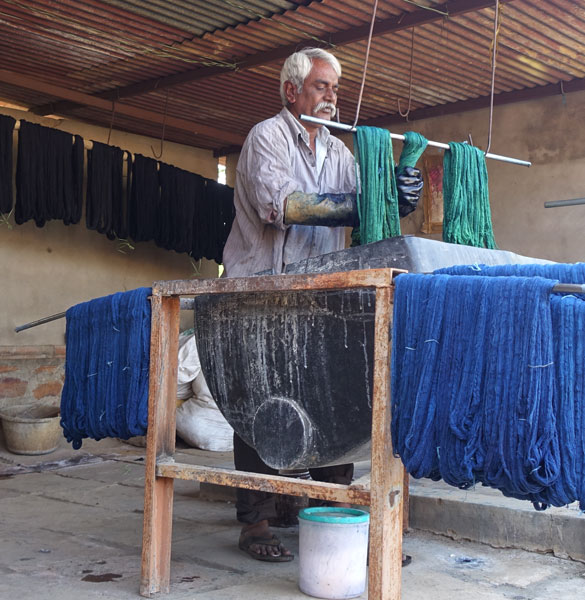
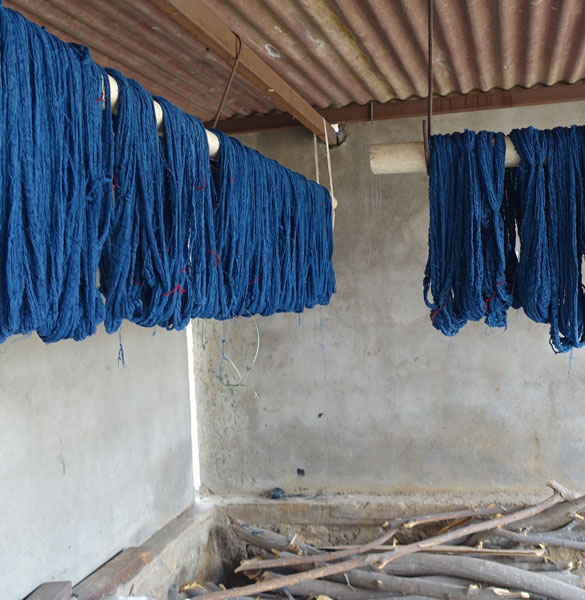
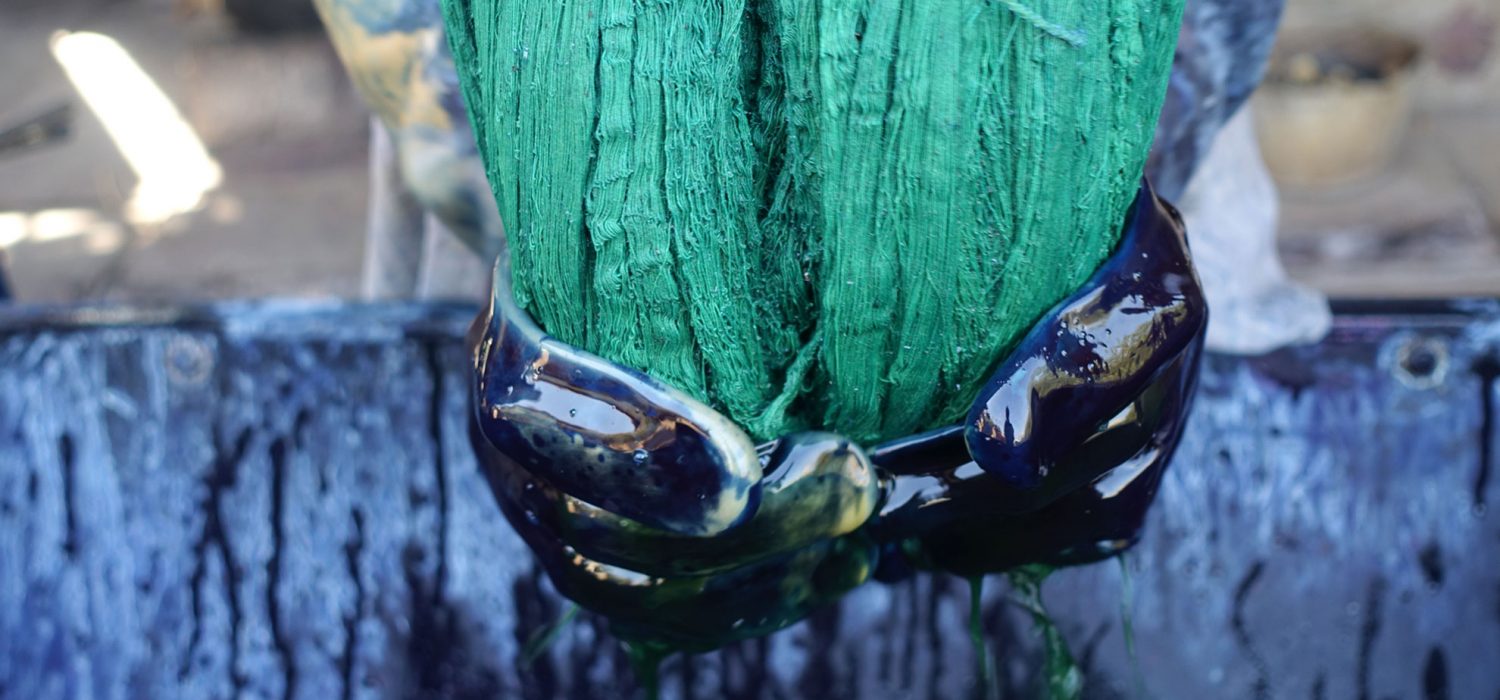
We are drawn to natural dyes because they produce far richer, more complex shades than synthetic dyes. Colours tend to be very soothing to the eye and have great depth. We also like to work with them because they are not harmful to the environment in the way that conventional synthetic dyes are. Vegetable dyes are biodegradable and renewable. Wastewater created during textile production is generally nontoxic and safe for the environment. In some cases, the wastewater becomes an ideal fertilizer for crops. Many plants that can be used to make natural dyes also thrive on wastelands.
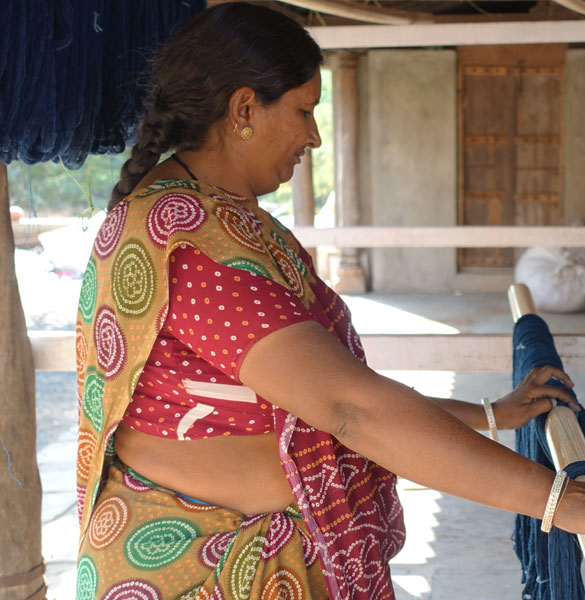
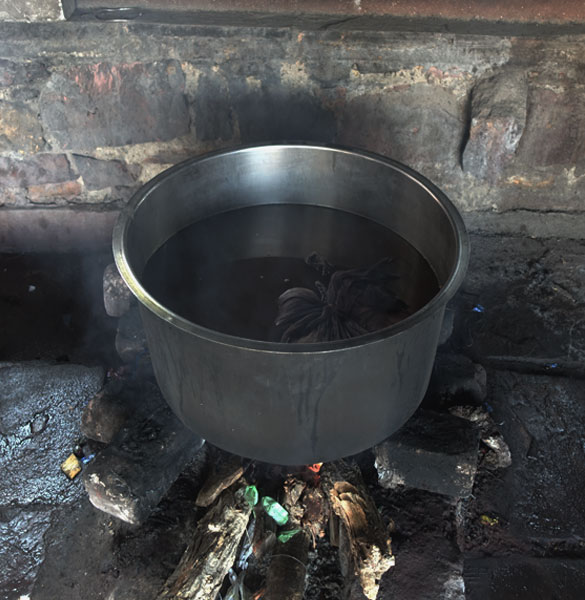
The knowledge and skill required for this art – often passed down through generations – is getting harder to find. We have worked with a team of dyers in Gujarat and also source naturally dyed fabric from various other trusted units in South India.
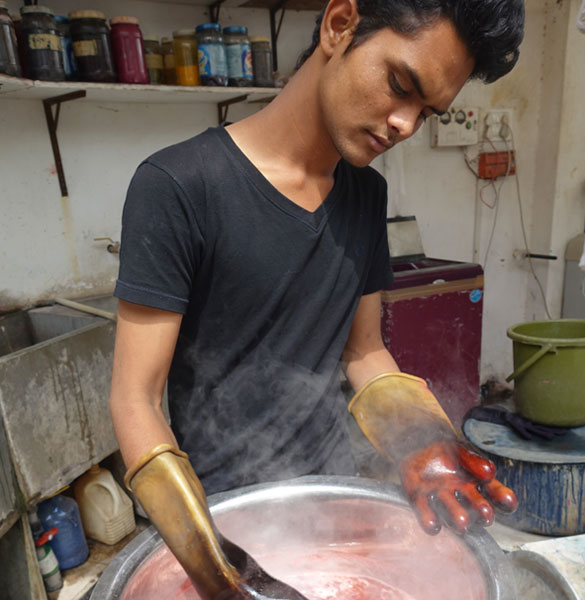
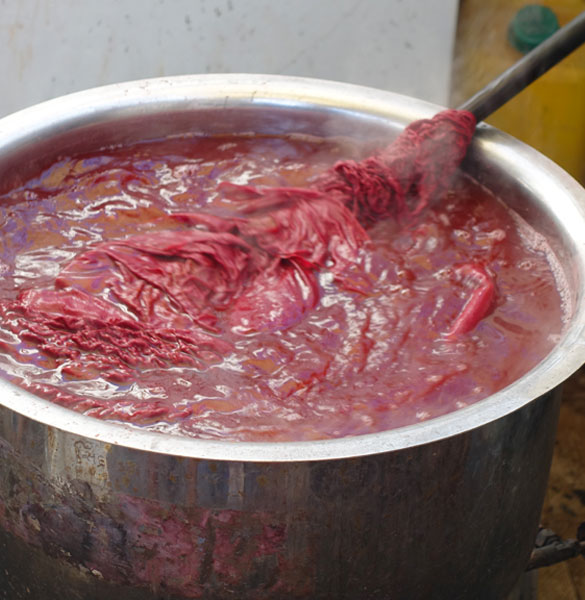
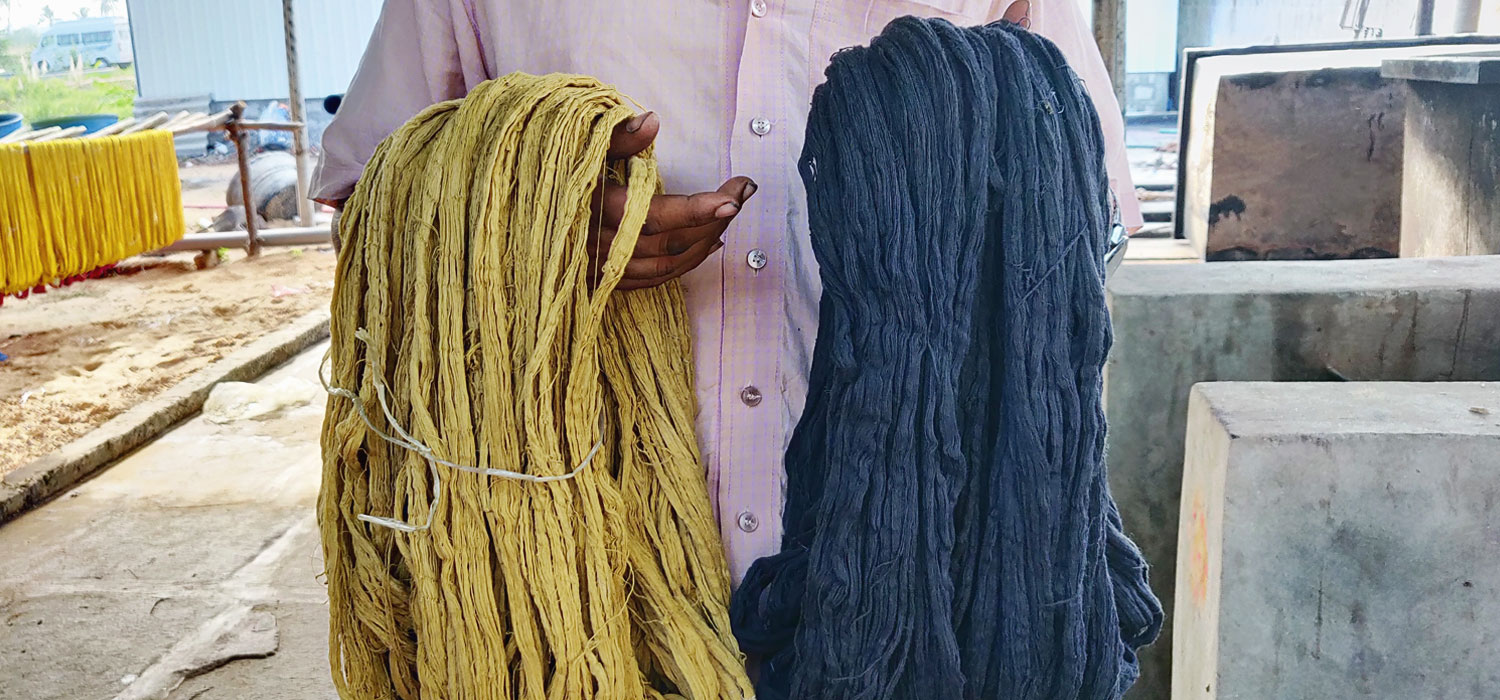
Check out our naturally dyed products here:
Cēra Quilted Cushion Cover – Indigo
₹3,000.00Cēra Quilted Cushion Cover – Nutmeg
₹3,000.00Ellu Pot Mat
₹850.00Kasa Kasa Pot Mat
Sold OutKōnam Throw Quilt
₹12,500.00Nalla Quilted Bedspread
₹27,000.00Neram Kantha Throw Quilt
₹17,700.00Nila Mini Quilt
₹7,000.00Organic Luma Coverlet
Sold OutOrganic Pomo Quilt
Sold OutSombu Pot Mat
₹850.00Thundu Little Quilt
₹9,500.00

